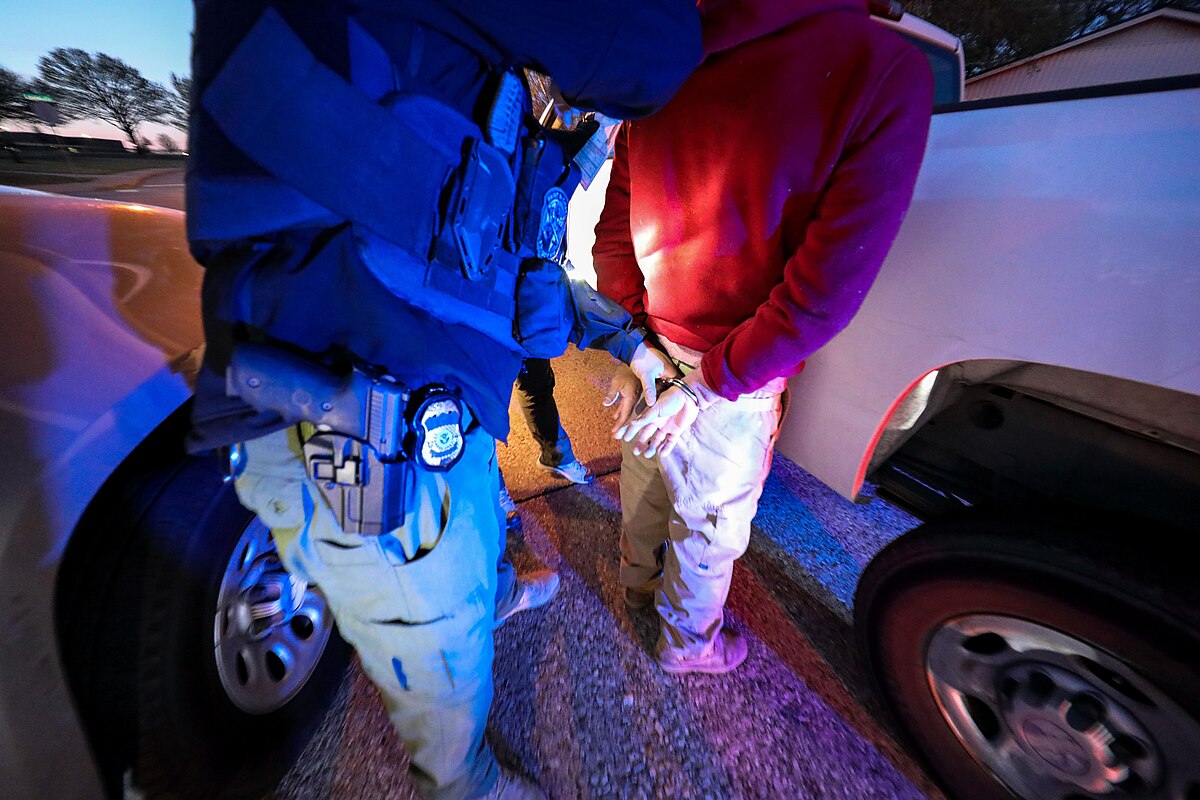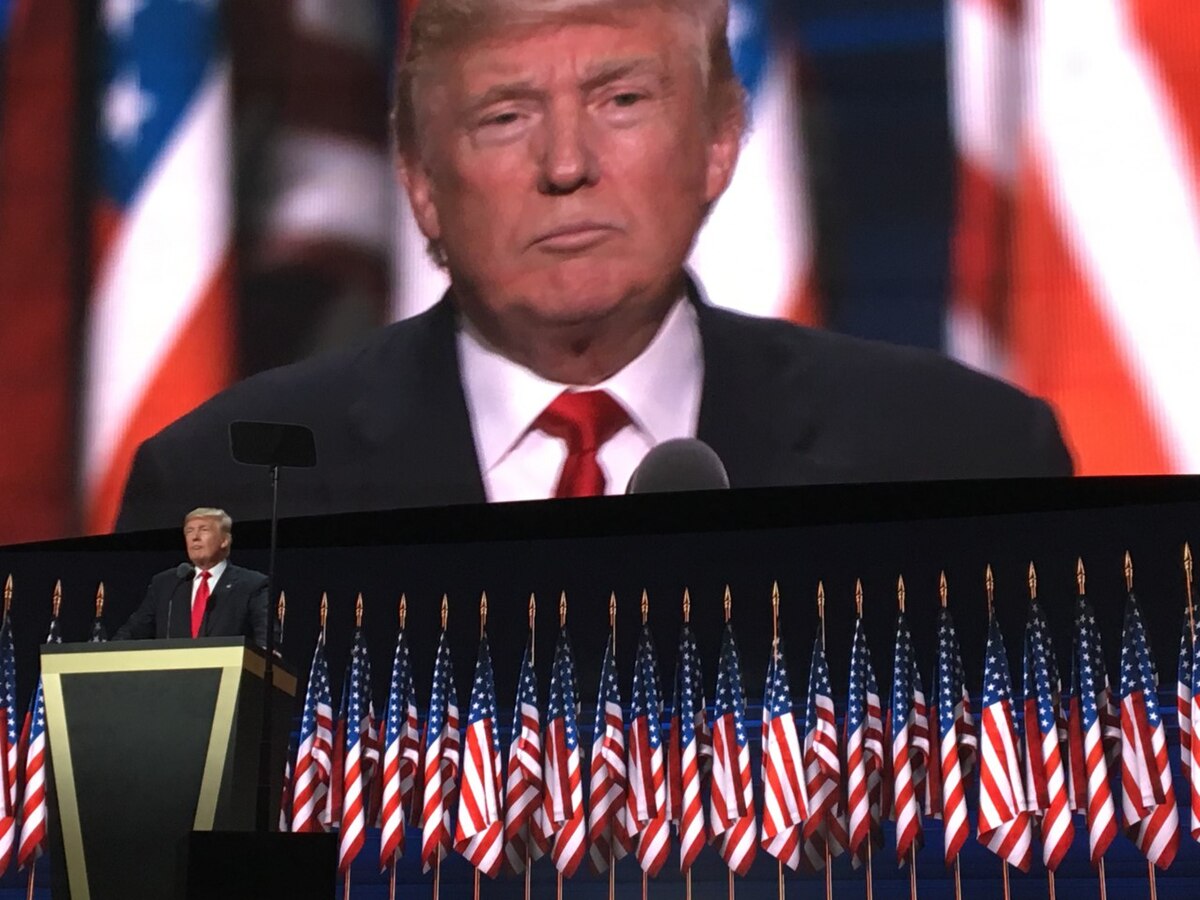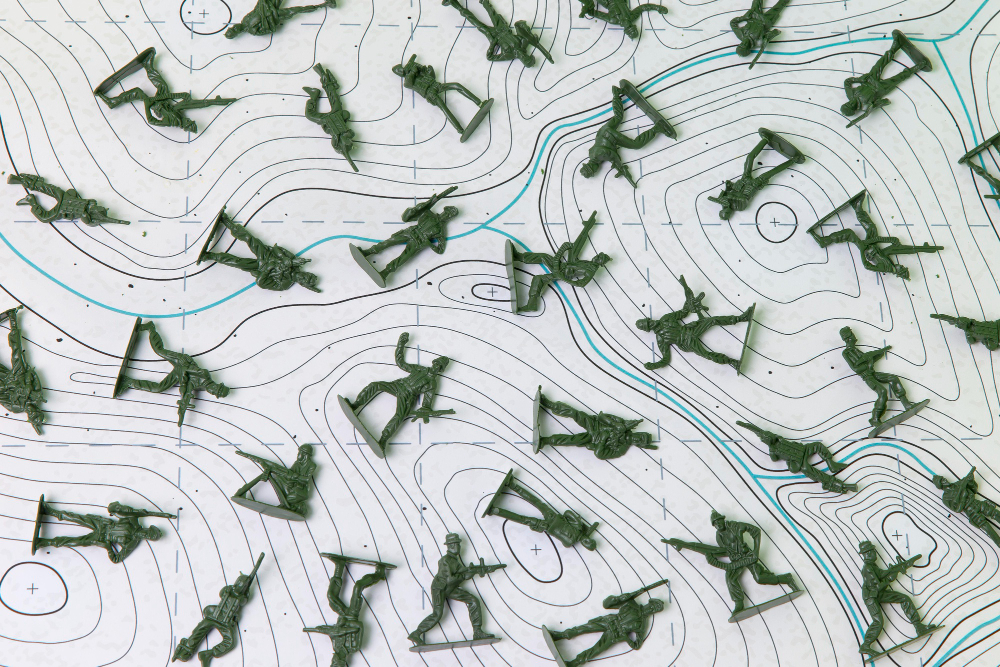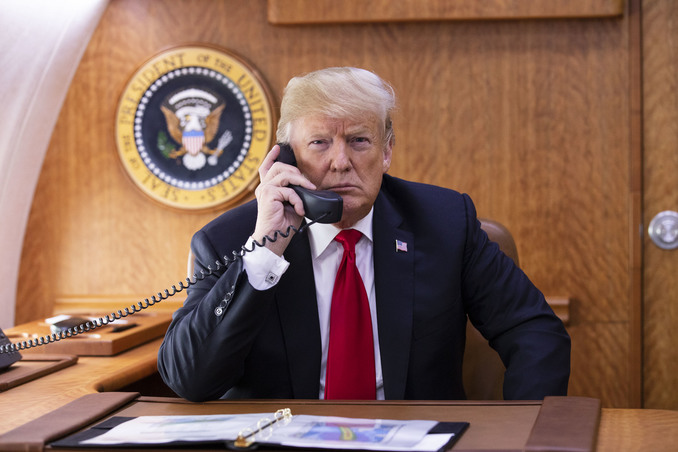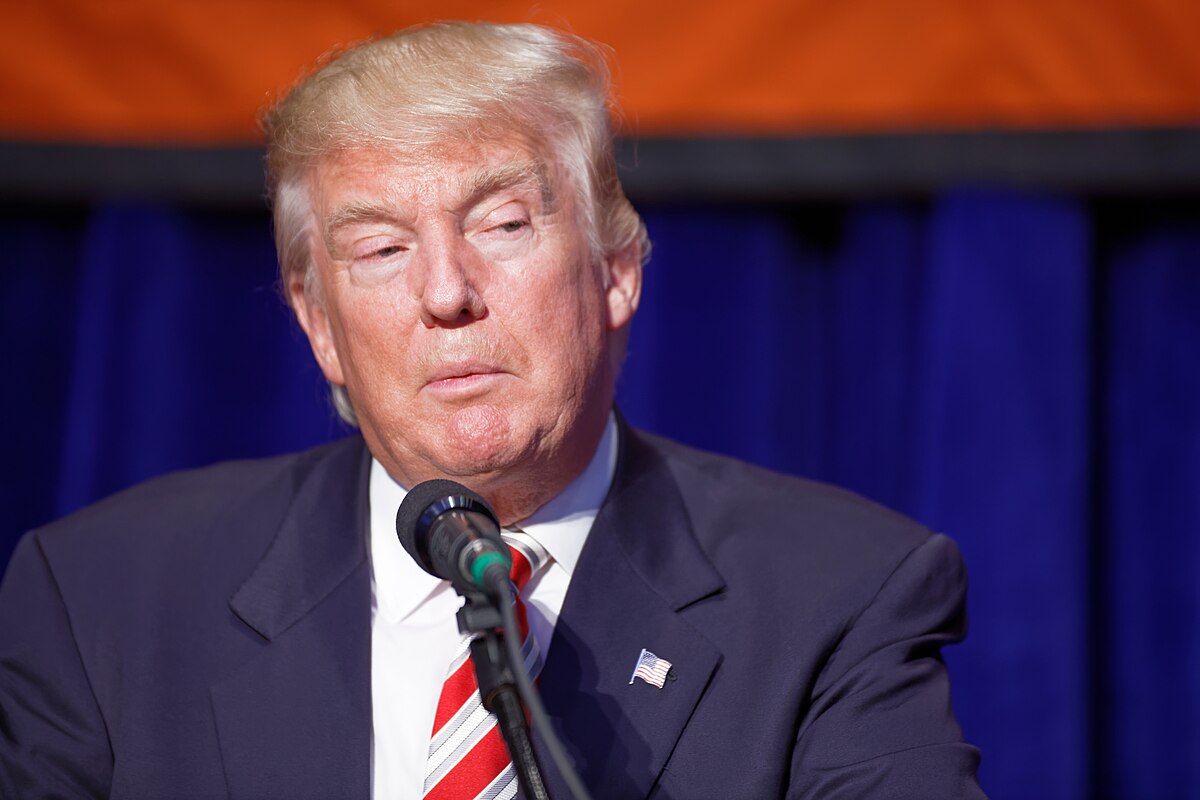- 14 3402-5578
- Rua Hygino Muzy Filho, 737, MARÍLIA - SP
- contato@latinoobservatory.org
 www.freepik.com
www.freepik.com
Intersectionality, a concept created by Kimberlé Crenshaw, is an essential tool for understanding the multiple layers of oppression that affect marginalized groups. In the case of Latinotrans people in the United States, this perspective reveals how racism, transphobia, xenophobia, economic precariousness, and irregular immigration status combine to create barriers that go beyond the sum of their parts — it is a complex web of exclusions.
Beyond what is often discussed in isolation, being trans and Latino in the US means facing specific challenges that none of these identities, separately, fully explains. Crenshaw has already warned that intersectionality is “where power collides and intertwines,” and this is evident in the stories of these people, who simultaneously deal with racial prejudice, gender discrimination, and the vulnerability linked toimmigration.
A clear example is the Trump administration's immigration policy, especially the program known as "Project 2025." This initiative, although little discussed by the mainstream media, aimed to dismantle federal protections for the LGBTQIA+ population, in parallel with a rigorous anti-immigration agenda. The reimposition of the “Remain in Mexico” policy forced thousands of asylum seekers, many of them trans and Latino, to remain in regions with high levels of violence, including transphobic attacks, in addition to facing extreme difficulties in accessing health and legal assistance. This is not an isolated problem, but rather a structural pattern of exclusion that the State reproduces.
In addition, Executive Orders 14168 and 14187, issued in early 2025, revoked basic rights for trans people, such as legal recognition of gender identity and access to essential medical treatments. The imposition of a strictly binary definition of gender represents a denial of the existence of these people, with particularly severe impacts for those who, in addition to being trans, are Latino and immigrants, often with irregular documentation status. The vulnerability of these people is not only social or economic — it is also legal and political.
Data reinforces this harsh reality: research indicates that the unemployment rate among Latino trans people in the US reaches 20%, almost four times higher than the national average. Almost 30% report having been denied medical care, a reflection of institutionalized prejudice. This combination of transphobia, racism, and xenophobia exposes these people to the constant risk of deportation, exploitation in the informal market, and violence, while facing difficulties in regularizing documents — something essential to guarantee access to basic rights such as work andhousing.
Even within the Latino community, which is not homogeneous, opinions vary. Opinion polls show majority support for anti-discrimination laws, but also reveal resistance motivated by religious, cultural, and generational factors. Conservative sectors, often linked to religious beliefs, represent a challenge that coexists side by side with solidarity movements that recognize the interconnection between struggles against xenophobia and transphobia.
Despite this scenario, it is impossible not to highlight the resistance networks built by the Latino trans population. Organizations like the TransLatin@ Coalition play a vital role by offering legal support, assistance in regularizing documents, shelter spaces, and professional training. The impact of these actions, although difficult to quantify, is evident in the improvement in the quality of life and the expansion of autonomy for these people. Other organizations such as Familia: Trans Queer Liberation Movement (TQLM), which fights against the deportation of LGBTQIA+ immigrants, and Immigration Equality, which offers free legal assistance, reinforce a broad network of support that strengthenscollective resistance.
The situation of Latino trans people in the United States clearly exposes how different forms of oppression combine and reinforce each other. These are not isolated discriminations, but a mechanism of exclusion that operates on multiple levels — political, economic, social, and cultural. Plans like “Project 2025” make this threat concrete, institutionalizing policies that further marginalize this population. Still, the existence and struggle of these networks of resistance shows that there is strength, solidarity and hope even in the face of adversity.
